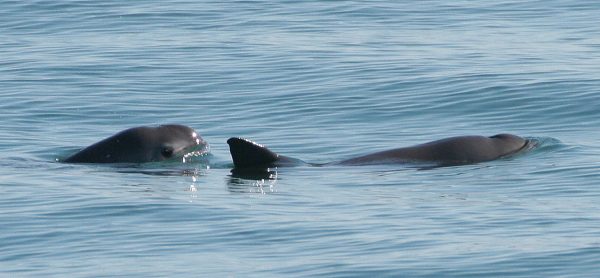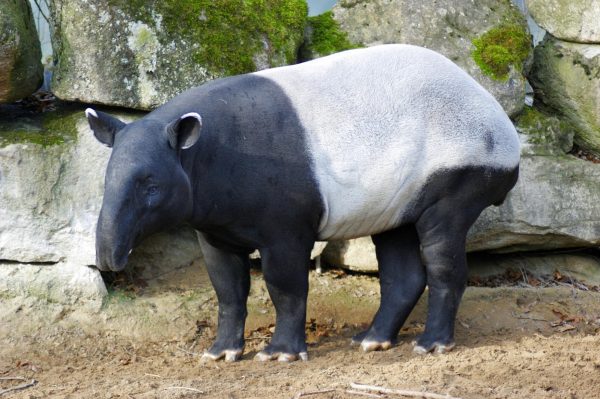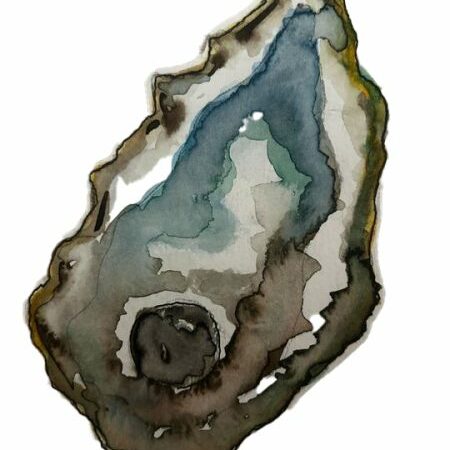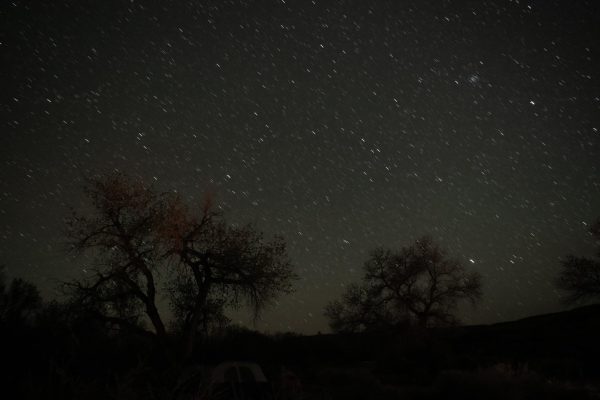Not-So Charismatic Critters
All information was sourced from the International Union for Conservation of Nature’s Red List of Threatened Species (IUCN Red List), an inventory of the conservation status and extinction risk of species worldwide. All photos were sourced from iNaturalist under the Creative Commons Attribution-Noncommercial 4.0 International License. A full list of photographer credits is available at the end of this article.
In today’s era of climate change and environmental issues, the IUCN Red List estimates that approximately 46,000 plant and animal species are at risk of extinction. This extensive list includes a variety of species, ranging from reef corals and trees to amphibians and insects.
Among those listed are the iconic faces of wildlife conservation: pandas and polar bears, gorillas, rhinos, elephants, and sea turtles. While these species are undeniably important to the conservation cause, they also have a unique advantage over other species: they are very good at capturing public attention. The species’ charms, power, and awe-inspiring presence make them easier to humanize, helping them stand out. However, my purpose with this article is to shift the focus to some of the… less charismatic species; species that lack widespread recognition or appeal. Here I would like to bring attention to lesser-known endangered creatures, equally deserving of our focus and protection.
Phocoena sinus
In the Gulf of California along the coast of Baja California, lives Phocoena sinus, the vaquita porpoise.
This critically endangered cetacean is the world’s smallest. The “little cow,” as its name means in Spanish, measures just about five feet in length—half the size of a typical bottlenose dolphin. Due to its small size, the vaquita is highly vulnerable to entanglement in fishing nets. They also dwell primarily near the surface, often right in the path of unknowing boats. These porpoises commonly become trapped in the nets, suffering injuries from which they rarely recover.

The vaquita’s limited range has only exacerbated the impacts of fishing nets on their population. Additionally, their small size makes them difficult to study and protect. There are currently only an estimated ten individuals remaining in the wild and the actual number may range from six to eighteen. Most of the limited sightings occur in the Gulf’s Zero Tolerance Area, where all fishing has been banned since 2020. However, for the vaquita to recover, much more time and effort will be required, especially since, to no fault of their own, vaquitas do not always remain within the borders of the Zero Tolerance Area.
While the vaquita may not be as widely recognized as the iconic and imposing bottlenose dolphin, it is nonetheless an adorable creature. With its small black snout and dark eyes, the vaquita has a charm that is bound to warm hearts if given the opportunity and certainly deserves our protection.
Daubentonia madagascariensis
Across the world, deep in the jungles of Madagascar, lives an endangered lemur whose unique traits make it both a treasure to preserve and–understandably–hard to connect with. This lemur is Daubentonia madagascariensis, the Aye-aye.
The aye-aye lemur has long been considered a harbinger of evil to the natives of Madagascar due to its eerie and, frankly, ugly appearance. The mangy-looking lemur has wispy thin fur, beady yellow eyes, and a long, slender middle finger it uses to extract insects from tree bark. This distinct middle finger, when pointed at a human, is said to cause a curse to fall upon that person. As a result, the species has often been killed off to free villages of curses and later utilized as an extra food source.
Since it is only found in the jungles of Madagascar, the Aye-aye is increasingly endangered due to hunting, as well as habitat destruction from logging and deforestation. As its habitat is lost, the species is becoming more isolated and vulnerable. Though its appearance may seem unappealing, the little lemur has its own kind of charm if you give it a chance. It is a goofy, almost comically strange lemur, with eyes that seem entirely confused in all its pictures, contrasting with the negative reputation it has earned. However, despite the contempt it might gather, this little insect eater is just as deserving of conservation as any other lemur species.
Pteropus rennelli
Across the continental US are a variety of bat species, the small critters known for their fleshy wings and echolocation. However, if you take a trip to the Solomon Islands, a country in the South Pacific, you may be able to spy a very different kind of bat, one more akin to the imaginings of Dracula himself. This creature is called Pteropus rennelli, the Rennell flying fox.

Calling this bat a “flying fox” is no exaggeration. With a long, dog-like snout and a wingspan reaching up to four feet, this large bat is an imposing sight to see high in the island trees. It is no wonder that this creature has not made it on lists of popular endangered animals, even though they are facing rapid population decline. However, despite its impressive size, the Rennell flying fox is a fruit bat, munching on sweet plants and more deserving of the title “gentle giant.”
Habitat destruction caused by logging and mining, along with direct hunting pressures, have caused the Rennell flying fox to become endangered. The precise number of mature individuals is currently unknown. These bats, which are in the only bat family that does not use echolocation, play an important role in pollination and seed dispersal and they are increasingly vulnerable as their forest habitats shrink. Being endemic to the Solomon Islands, the bats’ range is already limited, making conservation efforts even more important. Though their massive size and carnivore-like features make them seem intimidating, the Rennell flying fox is a vital part of its ecosystem and deserves protection before it disappears.
Tapirus indicus
The last critter, a unique endangered species with a distinct black and white pattern, roams the dense forests and grasslands of Southeast Asia: Tapirus indicus, the Malay tapir.
Comparable in size to a cow’s calf, the Malay tapir has a black body, a white saddle-like patch on its back, and a snout like a condensed version of an elephant trunk. It looks like a creature pulled out of the Ice Age movie franchise. This solitary herbivore is found in scattered patches of forest and grassland across Myanmar, Thailand, and Malaysia. Despite its elusive personality, the Malay tapir faces increasing threats to its survival.

Hunting and deforestation have significantly reduced the tapir’s population and habitat. Deforestation from the expansion of palm oil agriculture is particularly concerning, not just for the tapir, but for other endangered species including orangutans. While some protected areas and sustainable palm oil practices are beginning to be adopted, these strategies are still not widespread enough to stop the visible decline of the tapir population. The only tapir species outside of the Americas, the Malay tapir is a species in serious need of conservation efforts. Plus, its unique nose gives it the potential to become another charismatic face for conservation, just like our beloved elephants and rhinos.
Conclusion
These lesser-known species—each unique in their own right—play vital roles in their ecosystems, and they face a range of serious threats that jeopardize their survival. These animals may not be as widely recognized as more famous conservation icons. But they are no less deserving of our attention and protection. As challenges of climate change and environmental issues continue, it is important to expand our focus beyond the favorite species that are easier to humanize and include those we may not think of that are equally important to the health of our planet.
Photograph credits
Vaquita porpoise: Paula Olson
Aye-aye lemur: Ruperl, @ruperl_h on iNaturalist
Rennell flying fox: @jqrichmond on iNaturalist
Malay tapir: Allie Caulfield
The post Not-So Charismatic Critters appeared first on Wasatch Magazine.






